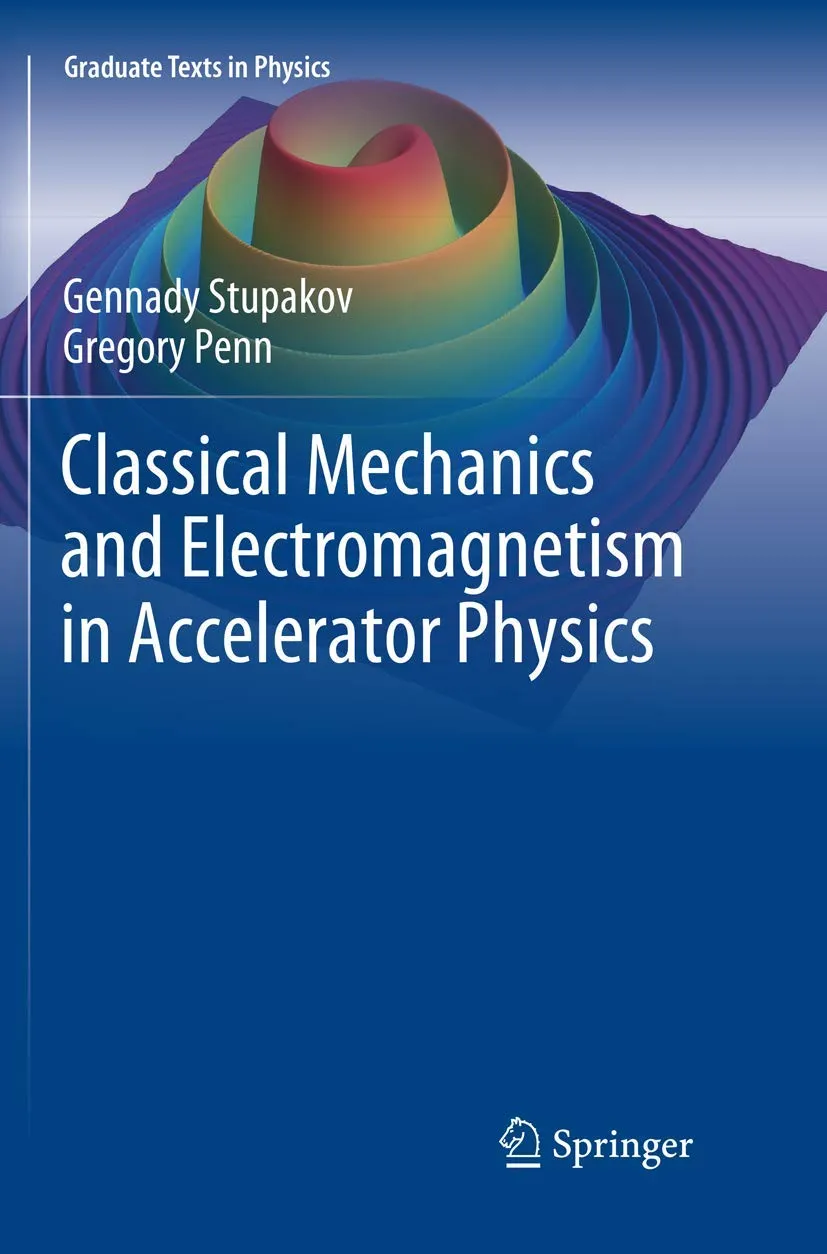Home
|
Products
|
9789356962026

Classical Mechanics And Electromagnetism In Accelerator Physics | Paperback
by Stupakov G.
Highlights

9783030079567
ISBN

Stupakov G.
Author

280
Pages

239 gm
Weight

English
Language

2018
Year

1st Edition
Edition

Paperback
Binding
₹5455
₹6062
This self-contained textbook with exercises discusses a broad range of selected topics from classical mechanics and electromagnetic theory that inform key issues related to modern accelerators. Part I presents fundamentals of the Lagrangian and Hamiltonian formalism for mechanical systems, canonical transformations, action-angle variables, and then linear and nonlinear oscillators. The Hamiltonian for a circular accelerator is used to evaluate the equations of motion, the action, and betatron oscillations in an accelerator. From this base, we explore the impact of field errors and nonlinear resonances. This part ends with the concept of the distribution function and an introduction to the kinetic equation to describe large ensembles of charged particles and to supplement the previous single-particle analysis of beam dynamics. Part II focuses on classical electromagnetism and begins with an analysis of the electromagnetic field from relativistic beams, both in vacuum and in a resistive pipe. Plane electromagnetic waves and modes in waveguides and radio-frequency cavities are also discussed. The focus then turns to radiation processes of relativistic beams in different conditions, including transition, diffraction, synchrotron, and undulator radiation. Fundamental concepts such as the retarded time for the observed field from a charged particle, coherent and incoherent radiation, and the formation length of radiation are introduced. We conclude with a discussion of laser-driven acceleration of charged particles and the radiation damping effect. Appendices on electromagnetism and special relativity are included, and references are given in some chapters as a launching point for further reading. This text is intended for graduate students who are beginning to explore the field of accelerator physics, but is also recommended for those who are familiar with particle accelerators but wish to delve further into the theory underlying some of the more pressing concerns in their design and operation.
Online store of medical books
Discover a comprehensive range of medical books at our online store. From anatomy and physiology to the latest clinical guidelines, we've got you covered.
Trusted by students, educators, and healthcare professionals worldwide. Browse top publishers and expert-authored titles in every medical specialty. Enjoy fast shipping, secure payments, and easy returns. Your one-stop destination for quality medical knowledge at your fingertips.
Whether you're preparing for exams or expanding your clinical expertise, our curated collection ensures you have the right resources at hand. Dive into detailed illustrations, case studies, and up-to-date research that enhance your understanding and practical skills.
We regularly update our inventory to include the latest editions and newly released titles, helping you stay current in the ever-evolving medical field. Our advanced search and filtering tools make finding the perfect book quick and hassle-free.
Join our community of lifelong learners and medical enthusiasts. Sign up for exclusive discounts, early access to new arrivals, and personalized book recommendations tailored to your professional interests.
